|
In presenting the Mission E at the IAA in Frankfurt, Porsche is introducing the first all-electrically powered four-seat sports car in the brand's history. The concept car combines the unmistakable emotional design of a Porsche with excellent performance and the forward-thinking practicality of the first 800-volt drive system. Key specification data of this fascinating sports car: four doors and four single seats, over 600 hp (440 kW) system power and over 500 km driving range. All-wheel drive and all-wheel steering, zero to 100 km/h acceleration in under 3.5 seconds and a charging time of around 15 minutes to reach an 80 per cent charge of electrical energy. Instruments are intuitively operated by eye-tracking and gesture control, some even via holograms – highly oriented toward the driver by automatically adjusting the displays to the driver's position. Drive system The drive system of the Mission E is entirely new, yet it is typical Porsche, i.e. proven in motor racing. Two permanent magnet synchronous motors (PMSM) – similar to those used in this year's Le Mans victor, the 919 hybrid – accelerate the sports car and recover braking energy. The best proof of a Porsche is 24 hours of top racing performance and a 1-2 finish. Together the two motors produce over 600 hp, and they propel the Mission E to a speed of 100 km/h in less than 3.5 seconds and to 200 km/h in under twelve seconds. In addition to their high efficiency, power density and uniform power development, they offer another advantage: unlike today's electric drive systems, they can develop their full power even after multiple accelerations at short intervals. The need-based all-wheel drive system with Porsche Torque Vectoring – which automatically distributes torque to the individual wheels – transfers the drive system's power to the road, and all-wheel steering gives precise, sporty steering in the desired direction. This makes the Mission E fit for the circuit race track; its lap time on the Nürburgring Nordschleife is under the eight-minute mark. Driving range It is not just passionate sportiness that makes up a Porsche but also a high level of everyday practicality. Accordingly, the Mission E can travel over 500 km on one battery charge, and it can be charged with enough energy for around 400 km more driving range in about fifteen minutes. The reason: Porsche is a front-runner in introducing innovative 800-volt technology for the first time. Doubling the voltage – compared to today's electric vehicles that operate at 400 volts – offers multiple advantages: shorter charging times and lower weight, because lighter, smaller gage copper cables are sufficient for energy transport. A moveable body segment on the front left wing in front of the driver's door gives access to the charging port for the innovative “Porsche Turbo Charging” system. Via the 800-volt port, the battery can be charged to approximately 80 per cent of its capacity in around 15 minutes – a record time for electric vehicles. As an alternative, the technology platform can be connected to a conventional 400-volt charging station, or it can be replenished at home in the garage via convenient inductive charging by simply parking over a coil embedded in the floor of the garage from which the energy is transferred without cables to a coil on the car's underbody. Driving dynamics Another feature that is typical of a Porsche sports car is a lightweight concept with optimal weight distribution and a low centre of gravity. The battery mounted in the car's underbody, which is based on the latest lithium-ion technology, runs the whole length between the front and rear axles. This distributes its weight to the two drive axles uniformly, resulting in exceptionally good balance. In addition, it makes the sports car's centre of gravity extremely low. Both of these factors significantly boost performance and a sports car feeling. The body as a whole is made up of a functional mix of aluminium, steel and carbon fibre reinforced polymer. The wheels are made of carbon: the Mission E has wide tyres mounted on 21-inch wheels in front and 22-inch wheels at the rear. Design Every square inch, every angle, every radius of the Mission E reflects one thing above all else: emotional sportiness in the best tradition of Porsche design. The starting point is the sculpture of a sport saloon with a low height of 130 cm with sports car attributes from Zuffenhausen that embodies visible innovations such as its integrated aerodynamics. Distinctive air inlets and outlets – on the front, sides and at the rear – typify the body's full flow-through design that enhances efficiency and performance. Integrated air guides improve airflow around the wheels, for instance, and air outlets on the sides reduce overpressure in the wheel wells, thereby reducing lift. The much reduced sculpting of the front end shows a classic Porsche sweepback, and it relates the concept car to the 918 Spyder and Porsche race cars. A new type of matrix LED headlights in the brand's typical four-point light design captures the viewer's gaze. Integrated as an element hovering in the airflow of the air inlet, they lend a futuristic character to the front end. The four LED units are grouped around a flat sensor for assistance systems whose border serves as an indicator light. Distinctive front wings and an extremely low-cut bonnet reference 911 design. As in the 911 GT3 RS, a wide characteristic recess extends from the overlapping front luggage compartment lid up and over the roof. The line of the side windows is also similar to that of the 911, however, with one important difference: two counter-opening doors enable convenient entry – without a B-pillar. Another difference: instead of the classic door mirror, inconspicuous cameras are mounted on the sides that contribute to the car's exceptional aerodynamics. The rear design underscores the typical sports car architecture. The lean cabin with its accelerated rear windscreen, which draws inward at the rear, creates space for the sculpted shape of the rear wings that only a Porsche can have. A three-dimensional “PORSCHE” badge illuminated from inside hovers beneath an arch of light that extends across the entire width in a black glass element. The interior of the Mission E transfers all of the traditional Porsche design principles into the future: openness, purist design, clean architecture, driver orientation and everyday practicality. The all-electric drive concept made it possible to fully reinterpret the interior. The lack of a transmission tunnel, for instance, opens up space and gives a lighter and more airy atmosphere to the entire interior. Race bucket seats served as inspiration for the four single seats. Their lightweight design is weight-saving, and it gives occupants secure lateral support during dynamic driving. Between the front seats, the centre console – elegantly curved like a bridge with open space beneath it – extends up to the dashboard. Display and control concept A new world based on an innovative display and control concept opens up before the driver. It is intuitive, fast and free of distractions – created for the sports car of tomorrow. The filigree driver's display is curved, low-profile and free-standing. The instrument cluster shows five round instruments – they can be recognized as Porsche, but they are displayed virtually in OLED technology, i.e. by organic light-emitting diodes. The round instruments are organized according to the driver-relevant themes of Connected Car, Performance, Drive, Energy and Sport Chrono. The controls are just as innovative. An eye-tracking system detects, via camera, which instrument the driver is viewing. The driver can then activate the menu of the instrument in focus by pushing a button on the steering wheel and navigate in it – which also involves an interplay of eye-tracking and manual activation. But that is not all: the display follows the seat position and body attitude of the driver in what is known as a parallax effect. If the driver sits lower, higher or leans to one side, the 3D display of the round instruments reacts and moves with the driver. This eliminates situations in which the steering wheel blocks the driver's view of certain key information, for instance. All relevant information such as vehicle speed is always within the driver's line of sight. The Mission E can even portray driving fun: a camera mounted in the rear-view mirror recognizes the driver's good mood and shows it as an emoticon in the round instrument. The fun factor can be saved together with individual information such as the route or speed, and it can be shared with friends via a social media link. Holographic display
The entire dashboard is chock full of new ideas. Its division into two three-dimensionally structuring layers reinforces the impression of lightness and clarity. The upper layer integrates the driver's display, and between the levels there is a holographic display that extends far into the passenger's side. It shows individually selectable apps, which are stacked in virtual space and arranged by priority with a three-dimensional effect. The driver – or passenger – can use these apps to touch-free control primary functions such as media, navigation, climate control, contacts and vehicle. The desired symbol is activated by gestures that are detected by sensors. A grasping gesture means select, while pulling means control. Moreover, driver or passenger can use a touch display on the centre console to control secondary functions such as detailed information menus. The concept vehicle can also be configured externally from a tablet via Porsche Car Connect. Using “Over the Air and Remote Services” the driver can essentially change the functional content of the vehicle overnight. A simple update via the integrated high-speed data module is all it takes to implement the travel guide or additional functions for the chassis, engine or infotainment system. The driver can use a smartphone or tablet to start updates conveniently from the Porsche Connect Store. Furthermore, Porsche Connect enables direct contact to a Porsche Centre for remote diagnostics or to schedule appointments. Another function of integrated Remote Services is the digital key, which can be sent via the Porsche Connect Portal. It not only lets the owner open the doors, but also other persons authorized by the owner such as friends or family. After successful authentication, the key can be used within a specific time frame and defined location. The virtual exterior mirrors are literally eye-catching. The lower corners of the windscreen show the images of the outside cameras that are mounted in the front wings. The benefits: the driver gets a better view of images and the surroundings, and safety information can also be actively displayed there. Atlanta. Inspired by the heritage of the Porsche 911, British artist Gerry Judah has created a sculpture which is now located on the Porscheplatz in Zuffenhausen, Germany, where the first 911 rolled off the assembly line in 1963. The sculpture consists of three pillars measuring up to 78 feet in height, each crowned with a Porsche 911 mounted at the top. The vehicles hail from different 911 generations paying tribute to the icon's vast history.
The event held on the evening of August 31, 2015 marked the official presentation of the sculpture entitled "Inspiration 911". The Porscheplatz was cast in a combination of lights, film, and vehicle choreography. Using the glass facade of the Porsche Museum as a screen, film clips were projected to create a visual display area measuring more than 2,100 square feet. A moving progression included vehicles that are also components of the art piece: an F-model from 1970, a G-model from 1981, as well as the latest generation 911. Light effects utilizing the architecture of the museum fascinated spectators. For the finale, the current model range of Porsche vehicles was showcased to guests in the grandstands. Matthias Mueller, Chairman of the Executive Board of Porsche AG, said during his address at the event, "The sculpture that we present today is more than a work of art. It is also a symbol for our company's close ties with Stuttgart." In recent years, Porsche has invested around one billion Euros in facilities in the greater Stuttgart area.
The 911 has been the world's best-selling sports car for decades. Now the new generation has arrived to further extend this lead.
With innovative turbo flat engines, an advanced chassis with an even greater spread between performance and comfort and a new infotainment system it is exceedingly well-equipped for this. Thanks to more than four decades of experience with turbo engines – in both motor racing and production sports cars – the new engines in the new 911 Carrera set benchmarks in terms of performance, driving pleasure and efficiency. The rear-axle steering available as an option for the Carrera models for the first time further greatly extends the range of driving dynamics. Many exterior features of the 911 Carrera have been visually refined: these range from new headlights with four-point daytime running lights to door handles without recess covers, a redesigned rear lid with vertical louvres and new rear lights – including the characteristic four-point brake lights. In the interior the new standard Porsche Communication Management with a multi-touch display offers a considerably expanded range of functions and greatly simplified operation.
The completely new engine generation with bi-turbo charging raises the emotional driving pleasure in the 911 Carrera to an even more intensive experience: 370 hp (272 kW) of power at the rear of the 911 Carrera is waiting to be unleashed and converted into sporty propulsion. The engine in the 911 Carrera S now delivers 420 hp (309 kW). In both cases this represents a power increase of 20 hp (15 kW). Both engines have a displacement of three litres. The greater power of the 911 Carrera S results from turbochargers with modified compressors, a specific exhaust system and tuned engine management.
The new Porsche engines are characterised by significantly increased torque (60 Nm in each case) with maximum torque of 450 Nm and 500 Nm respectively delivered constantly from a low 1,700 rpm up to 5,000 rpm in both cases, thus ensuring excellent driving performance. At the same time with a maximum speed of 7,500 rpm the new engine generation clearly exceeds the top speeds of conventional turbo engines – underscored by the typical sonorous Porsche engine sound. Every new 911 generation boasts enhanced performance and efficiency compared with the predecessor. For example, depending on the model variant, the new engine generation is almost twelve percent more efficient: fuel consumption is reduced by up to a litre per 100 kilometres. The 911 Carrera with PDK transmission now consumes just 7.4 litres of fuel per 100 kilometres (a reduction of 0.8 l per 100 km), while the 911 Carrera S with PDK consumes 7.7 l/100 km (1.0 l less per 100 km). From zero to 100 km/h in 4.2 secondThe new 911 also boasts impressive performance: the 911 Carrera Coupé with Porsche-Doppelkupplung (PDK) and Sport Chrono Package sprints from zero to 100 km/h in 4.2 seconds – making it two tenths of a second faster than its predecessor. The 911 Carrera S with PDK and Sport Chrono Package performs its showcase discipline in just 3.9 seconds (also 0.2 s faster). This means that it is the first 911 in the Carrera family to undercut the magic four second mark. And the top speeds of both models have also increased further: the 911 Carrera now has a top speed of 295 km/h (an increase of six km/h), while the 911 Carrera S now even reaches 308 km/h (an increase of four km/h). In conjunction with the optional Sport Chrono Package the 911 Carrera now has a mode switch on the steering wheel for the first time, derived from the hybrid mode switch of the 918 Spyder. The mode switch consists of a rotary ring with four positions for the driving modes “Normal”, “Sport”, “Sport Plus” and “Individual”. Depending on the equipment, the latter setting enables drivers to configure their own individual vehicle set-up, for example the PASM, active engine mounts, PDK shifting strategy and sports exhaust system. In combination with PDK transmission the mode switch has an additional button, the “Sport Response Button”. When this button is pressed the drivetrain is pre-conditioned for maximum acceleration for 20 seconds, for example before overtaking manoeuvres. For this, the optimum gear is engaged and the engine management adjusted to an even more spontaneous response for a short time.
A standard feature of the new 911 Carrera models is the newly developed Porsche Communication Management System (PCM) including online navigation module and voice control. The PCM can be operated by performing multi-touch gestures on the seven-inch display, similar to operating a smartphone. User inputs by handwriting are possible, for instance. Mobile phones and smartphones can now also be connected via Wi-Fi. The smartphone tray being integrated for the first time in the centre armrest also offers battery-saving charging and optimised mobile phone reception. Also new is the option of connecting an iPhone to the PCM to use Apple CarPlay.
Real-time traffic information is available for significantly improved navigation. It gives the driver a quick overview of the traffic situation and guarantees dynamic adaptation of the route to this information. Google Earth and Google Streetview are also being integrated for the first time to offer better orientation. Other components of the PCM are Porsche Car Connect and the Porsche Connect app, which can be used for such functions as remote control of vehicle functions, transfer of destinations to the PCM for navigation and use of music streaming services by third-party providers via the PCM.
The 911 Carrera can now be customised even more precisely according to personal preferences with further new and improved assistance systems: the optional automatic speed control can now also brake moderately when the pre-set speed is exceeded, for example when driving downhill. The Adaptive Cruise Control ACC (option) now has a coasting function in conjunction with a PDK transmission. When driving in a queue the clutches are disengaged, thus saving fuel with unpowered coasting. The optional lane change assistant monitors traffic behind with radar and uses LED lamps in the left and right of the mirror triangle to warn the driver about approaching vehicles in the blind spot. In addition, Porsche increases the active safety of the sports car with the post-collision braking system as a standard feature.
The new Porsche 911 Carrera models will be launched in Germany on December 12, 2015. |
Archives
February 2024
Categories
All
|
Your Porsche SpecialistServing all your Porsche Long Island dealer needs (Nassau & Suffolk), New York City (Queens, Manhattan, Brooklyn, Bronx, Staten Island) & surrounding areas. Our NY Porsche dealership is conveniently located on NY's Long Island Gold Coast in Jericho.
We are an authorized Porsche dealer for your next Porsche 718, Porsche 911, Porsche Taycan, Porsche Panamera, Porsche Cayenne, and Porsche Macan. |
Sam GadkarTop 100 Worldwide - Sales Excellence
Porsche Certified Global Brand Ambassador Porsche Exclusive Manufaktur Partner Cell/Text: 516.476.0167 E-mail: sam@porschegoldcoast.com |
Porsche Gold Coast125 South Service Road
Jericho, NY 11753 Cell/Text: 516.476.0167 Dealer Site: www.porschegoldcoast.com Porsche Roslyn is now Porsche Gold Coast |
Images and photos copyright Porsche Cars North America, Inc., or Porsche Gold Coast
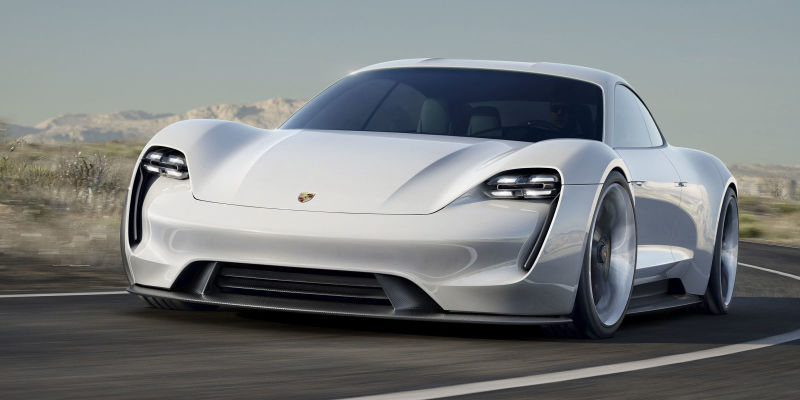

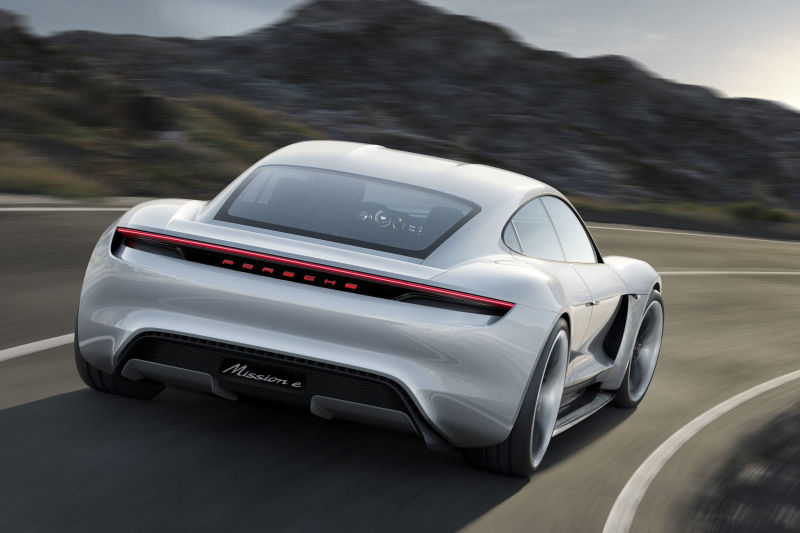


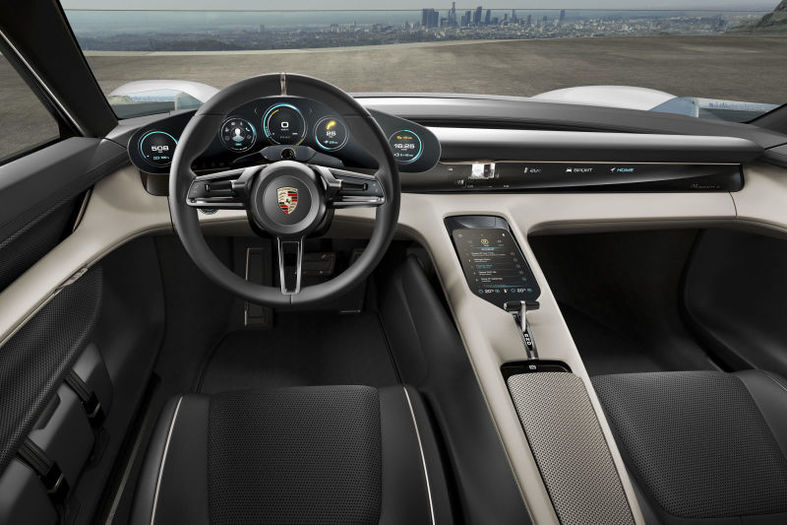



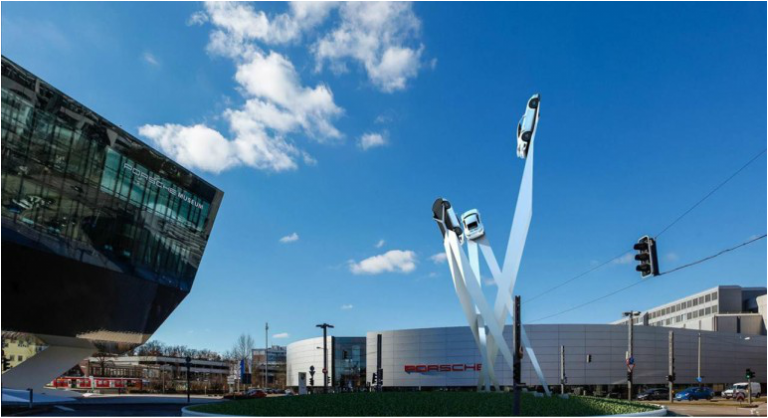
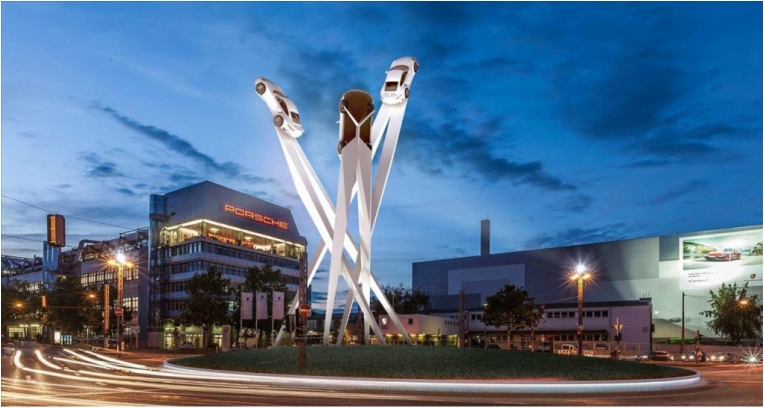
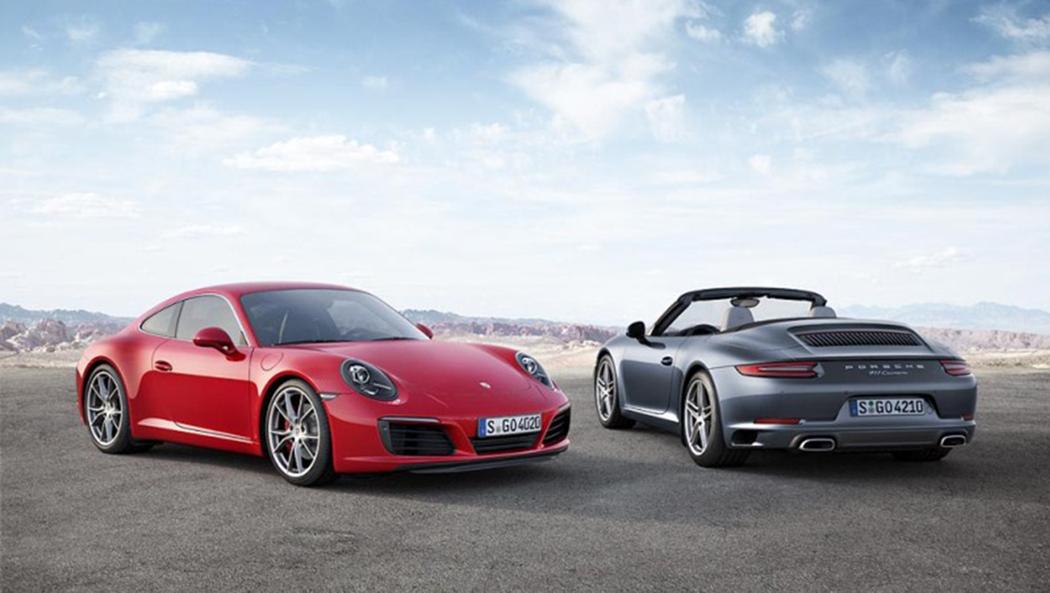




 RSS Feed
RSS Feed